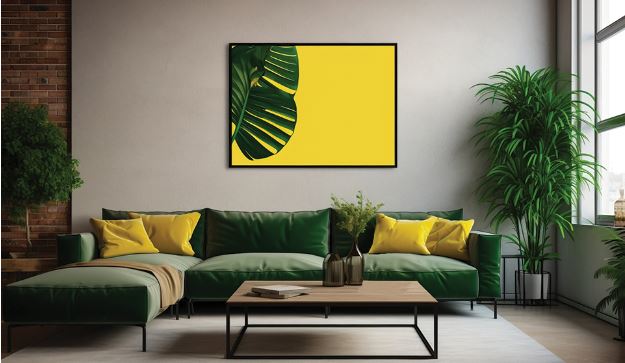In the realm of urban dwellings and cosy abodes, the art of maximising space is an essential skill. Embracing minimalism and multi-functionality becomes a mantra, allowing you to curate a harmonious haven without sacrificing style or comfort. This article delves into the nuances of choosing furniture for small spaces, offering practical tips and innovative solutions to transform your compact living quarters into a sanctuary of efficient design.
Embracing Minimalism and Multi-Functionality
Minimalism is a design philosophy and a mindset that fosters a sense of calm and order. By embracing a minimalist approach, you can declutter your space and create a sense of openness. Prioritise pieces that serve multiple purposes, such as ottomans with hidden storage or modular sofas that can adapt to various configurations. This versatility not only saves space but also adds a touch of functionality to your living area.
Measure Meticulously: Spatial Planning Strategies
Before embarking on your furniture-shopping adventure, it is crucial to measure your space meticulously. Accurate measurements will guide you in selecting pieces that fit seamlessly into your compact living quarters. Sketch out potential layouts and create scale models or digital renderings to visualise the placement of furniture and its impact on the overall flow of the space.
Optimising Floor Area: Furniture Placement Wisdom
Thoughtful furniture placement is crucial in making the most of limited space in small areas. Consider pieces with raised legs or bases, as they create the illusion of more open space beneath. Moreover, opt for furniture with slender profiles or transparent elements, such as glass or acrylic, to maintain a sense of visual lightness. Strategically position larger pieces against walls, leaving the central areas unobstructed for better flow and movement.
Sofa Bed: Versatile Day and Night Companions
The sofa bed is the epitome of multi-functionality. These ingenious pieces can transform from a comfortable seating area during the day to a cosy sleeping nook at night. Look for designs with cleverly concealed bed mechanisms or sleek pull-out options, ensuring you make the most of your limited square footage without compromising on comfort or style.
Nesting Tables: Adaptable and Space-Efficient Marvels
Nesting tables are the unsung heroes of small-space living. These versatile pieces can be easily stacked or nested together when not in use, freeing up precious floor space. When entertaining guests or needing additional surface area, simply separate the tables to create convenient side tables or a stylish coffee table arrangement.
Wall-Mounted Masterpieces: Art Meets Storage
Embrace the fusion of functionality and aesthetics with wall-mounted storage solutions. Floating shelves, modular wall units, and even repurposed ladder bookcases offer stylish and space-saving options for displaying your cherished possessions, books, or decorative accents. These vertical storage solutions not only provide ample storage but also double as artistic focal points, adding character and depth to your compact living area.
Mirrored Magnificence: Reflecting Light and Depth
Strategically placed mirrors can work wonders in small spaces. By reflecting light and creating the illusion of depth, mirrors can visually expand the boundaries of your living area. Consider incorporating floor-to-ceiling mirrors, mirrored closet doors, or even decorative mirror installations to amplify the sense of openness and airiness.
Colour Palettes: Harnessing Hues for Spacious Ambience
Colour choices can significantly influence the perception of space. Opt for lighter, cooler hues on walls and ceilings, as they can make a room appear more spacious and airy. Alternatively, incorporate bold, contrasting colours judiciously to create focal points or define separate zones within the space. Experiment with monochromatic palettes or incorporate pops of colour through accessories and artwork to add depth and interest without overwhelming the space.
Decluttering Strategies for Serene Simplicity
Clutter can quickly overwhelm a small space, making it feel cramped and chaotic. Adopt a minimalist mindset and regularly declutter by evaluating the necessity of each item. Implement storage solutions that conceal excess belongings, such as ottomans with built-in storage or decorative baskets. Embrace the mantra “a place for everything and everything in its place” to maintain a sense of arrangement within your compact haven.
Finishing Touches: Accessorising with Intentionality
Accessorising is an art form in small space living. Carefully curate a few statement pieces that reflect your style and add character to the space. Consider incorporating multi-functional accessories, such as a sculptural floor lamp that doubles as a shelving unit or a decorative tray that can serve as a catchall for small items.
By embracing these tips and strategies, you can unlock the full potential of compact living, transforming your small space into a stylish and functional haven that perfectly reflects your lifestyle and design sensibilities.
Source: Explore
